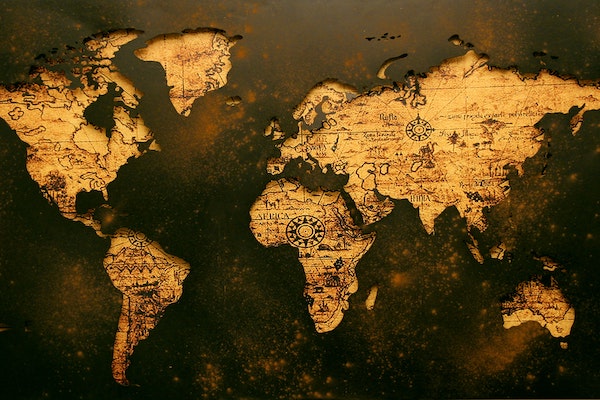mythago
Hero
We were discussing that Campbell and well meaning academics try to shoehorn the monomyth model into places where it doesn't belong. Stories like The Big Lebowski and other non traditional narratives. I was saying it's great for hero stories and fantasy/sci fi, but doesn't work as well (if at all) in other areas. Your counterpoint in your words was that its "relationship to actual mythology is pret'near zero" which is an extremist take on the other side of the spectrum that I do not agree with. I'm somewhere in the middle.
I’m baffled why accurately pointing out that Campbell’s monomyth does not accurately reflect real-world myth is “extremist”. To me, “extremist” would be saying that Campbell’s views are actively harmful and should be scrubbed from all fiction going forward. I guess if you really like the guy’s stuff criticism is extremist?

